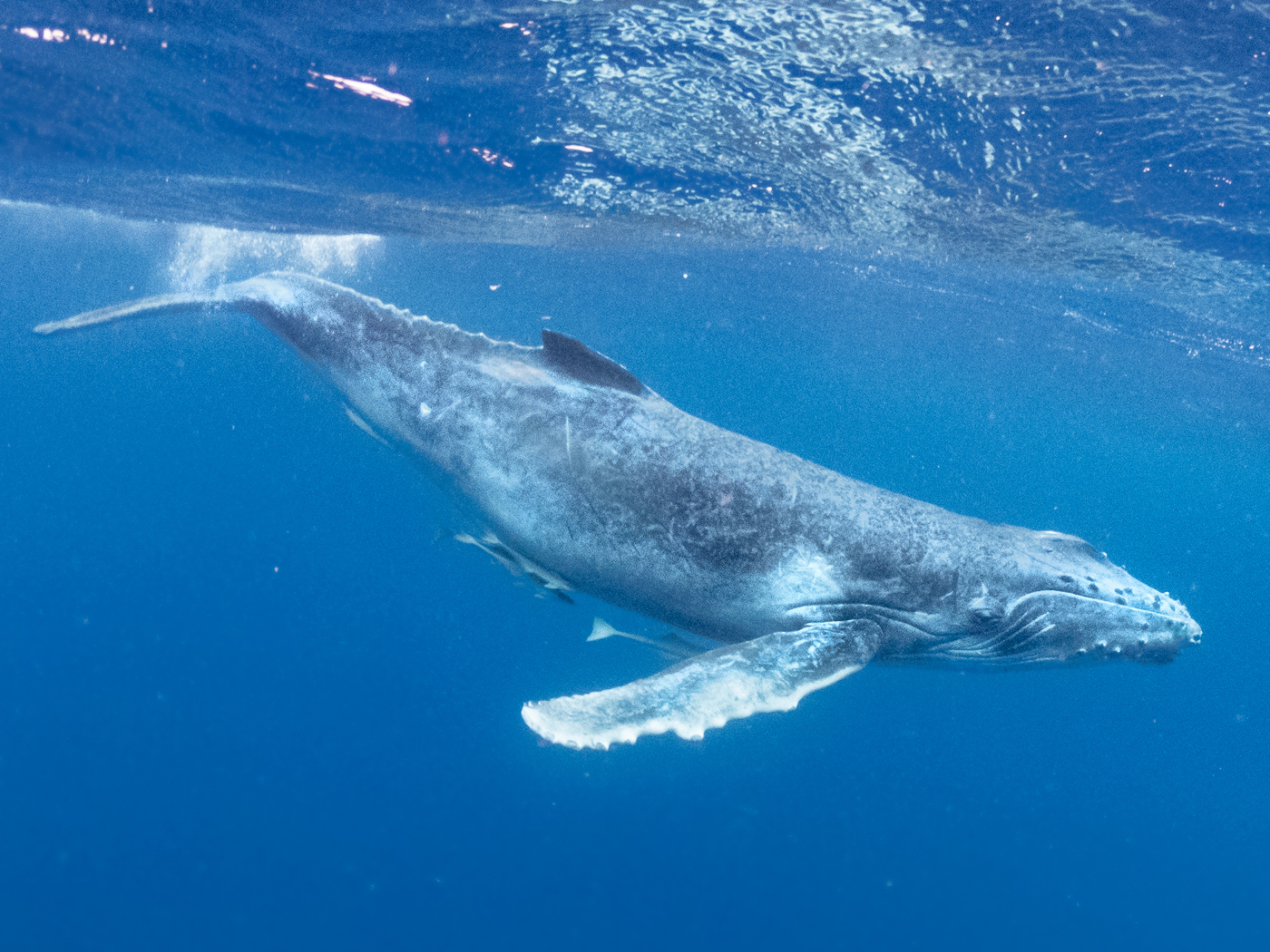Recently, a fascinating bird skull dated by evolutionists to be over “80 million years old” was discovered at a Brazilian quarry.1
Paleontologists are calling it Navaornis hestiae, believing it belongs to the extinct enantiornithines (birds). They think it might be a missing link in regard to avian brain evolution. For example, paleontologist Dr. Guillermo Navalón from Cambridge’s department of earth sciences stated the telencephalon (anterior region of the brain)
in mammals contains the neocortex, and in modern birds represents a functionally equivalent area, and intervenes in highly complex cognition, we could speculate that the cognition of Navaornis might have been intermediate too between these two points [Archaeopteryx and modern birds].1 (emphasis added)
So evolutionists see Navaornis’ brain anatomy as “an almost perfect intermediary between Archaeopteryx and modern birds.”1
But different birds—past and present—have different-sized brains. Taking fossilized avian skulls and placing them in a pleasing evolutionary order does not document bird brain evolution, especially if the birds existed at the same time, as stated by creationists.2 Indeed, science writer Puiu stated, “In the process, this research has opened new windows into how the skulls and brains of modern birds may have evolved [emphasis added].”1 Navaornis supposedly “fills a ~70-million-year gap in our knowledge of the evolution of the unique bird brain.”1 This is a huge expanse of time for such subtle avian skull and brain changes. After all, according to evolution theory it only took 2.5 million years for the Australopithecines (e.g., “Lucy”) to evolve into people and just eight million years for tetrapods to evolve into whales!
It’s hard not to think of a sudden and rapid deposition—such as what we see in a flood—forming this fossil thousands of years ago. Chiappe et al. in Nature stated that Navaornis was “exquisitely preserved,”3 and Dr. Navalón stated, “I was awe-struck when I first saw the fossil. It was so incredibly well-preserved and it looked so much like a modern bird.”1 This is significant because the scientist is saying just what a creationist would say to explain the fossil.
In addition, “Despite its archaic lineage, its skull structure bears an uncanny resemblance to that of modern birds. The toothless beak, large eye sockets, and vaulted cranium are strikingly similar to today’s avian species.”1 Is the lineage archaic? That is open for discussion.4,5
Finally, the article is peppered with cautionary and evasive language, leaving the reader with a feeling that this extinct, 100% bird is hardly a compelling missing link.
Navaornis had a larger cerebrum than Archaeopteryx, hinting at more advanced cognitive abilities. However, other regions, such as the cerebellum, were less developed, suggesting that this bird was still refining the complex flight control mechanisms seen in today’s avian species.
This has led to some intriguing speculation about Navaornis’s capabilities. Could it have exhibited behaviors akin to today’s tool-using or socially complex birds? “Our knowledge of the relationship between brain form and behavior is still very incipient,” admits Dr. Navalón. However, he hints at the possibility that its cognitive abilities were more advanced than those of its contemporaries. The fossil’s oversized labyrinth, an organ crucial for balance, hints at exceptional spatial awareness—perhaps a precursor to the agile flight patterns seen in modern birds.1 (emphasis added)
This seems to be only a missing link in the minds of evolutionary scientists. And most of their story is based on speculation with very little hard data except the fossil itself. Instead, Navaornis was much like a modern bird with wings, feathers, beak, and brain created and designed to proliferate in the pre-Flood world.
References
- Puiu, T. Scientists Unearth a ‘Missing Link’ in Bird Brain Evolution in 80-Million-Year-Old Fossil. ZME Science. Posted on zmescience.com November 13, 2024.
- Thomas, B. Bird Evolution Story Crash-Lands. Creation Science Update. Posted on ICR.org November 6, 2017.
- Chiappe, L. et al. 2024. Cretaceous Bird from Brazil Informs the Evolution of the Avian Skull and Brain. Nature. 635: 376–381.
- Thomas, B. Archaeopteryx Fossil Shows ‘Striking’ Tissue Preservation. Creation Science Update. Posted on ICR.org May 19, 2010.
- Thomas, B. Fossil Feathers Convey Color. Creation Science Update. Posted on ICR.org July 21, 2008.
* Dr. Sherwin is a news writer at the Institute for Creation Research. He earned an M.A. in invertebrate zoology from the University of Northern Colorado and received an honorary doctorate of science from Pensacola Christian College.













